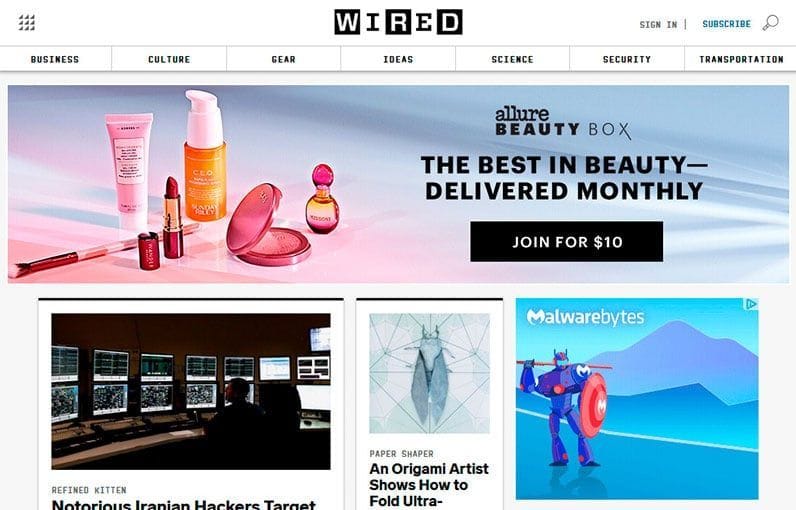Invalid Traffic: How it Can Impact Publishers' Online Ad Revenue

In today's digital world, online advertising has become an essential part of any business's marketing strategy. However, it's not uncommon for publishers to experience issues related to invalid traffic that can significantly impact their online ad revenue. In this article, we'll explore what invalid traffic is, its different forms, and how it can affect publishers' online ad revenue.
What is Invalid Traffic?
Invalid traffic is any activity that generates ad impressions or clicks that are not the result of genuine user interest in the ads. Invalid traffic is classified into two main categories, namely fraud and non-fraudulent invalid traffic.
Fraudulent invalid traffic includes all activities that aim to manipulate ad inventory, such as bots or click farms that generate artificial impressions, clicks, or conversions. Non-fraudulent invalid traffic, on the other hand, includes any activity that results in an impression, click, or conversion that does not represent genuine user interest, such as accidental clicks, duplicate clicks, or invalid clicks.
How Invalid Traffic Impacts Publishers' Online Ad Revenue
Invalid traffic can have a significant impact on publishers' online ad revenue, resulting in lower ad revenue, reduced advertiser trust, and potential account suspension or termination. Here's how invalid traffic can affect publishers:
1. Reduced Ad Revenue
Invalid traffic can lead to reduced ad revenue for publishers, as advertisers typically pay for ad impressions or clicks that generate user engagement. However, if a significant portion of these ad impressions or clicks comes from invalid traffic, it can lead to lower engagement rates, resulting in reduced ad revenue.
2. Advertiser Trust
Invalid traffic can erode advertisers' trust in publishers, leading to lower demand for ad inventory and potentially leading advertisers to look for alternative advertising channels. Advertisers expect transparency and accountability from publishers, and if they suspect fraudulent activity, it can damage the reputation of the publisher and their ability to attract advertisers in the future.
3. Account Suspension or Termination
If publishers fail to detect or prevent invalid traffic, they risk having their accounts suspended or terminated by ad networks. Ad networks have strict policies to ensure the quality of their ad inventory and to protect advertisers from fraud. Publishers who fail to adhere to these policies risk losing their ability to monetize their website or application.
How to Detect and Prevent Invalid Traffic
To prevent invalid traffic, publishers must take proactive measures to detect and prevent it from occurring. Here are some strategies publishers can use to prevent invalid traffic:
1. Monitor Ad Performance
Publishers should closely monitor their ad performance to detect any unusual patterns that could indicate invalid traffic. This includes tracking metrics such as click-through rates, conversion rates, and engagement rates.
2. Implement Traffic Filters
Publishers can use traffic filters to identify and block invalid traffic. Traffic filters can detect fraudulent activity such as bots, click farms, or invalid clicks, preventing them from generating ad impressions or clicks.
3. Verify Traffic Sources
Publishers should verify their traffic sources to ensure that they are legitimate and are not generating invalid traffic. This includes checking referral sources, user agent strings, and IP addresses to ensure that they match genuine user behavior.
4. Ad Network Protection
Publishers can leverage ad network protection services to prevent invalid traffic. Ad network protection services use machine learning algorithms to detect and prevent invalid traffic, protecting publishers and advertisers from fraudulent activity.
Conclusion
Invalid traffic can have a significant impact on publishers' online ad revenue, leading to reduced ad revenue, lower advertiser trust, and potential account suspension or termination. To prevent invalid traffic, publishers must take proactive measures to detect and prevent it from occurring. This includes monitoring ad performance, implementing traffic filters, verifying traffic sources, and leveraging ad network protection services. By taking these measures, publishers can ensure the quality of their ad inventory and protect their ability to monetize their website or application.
